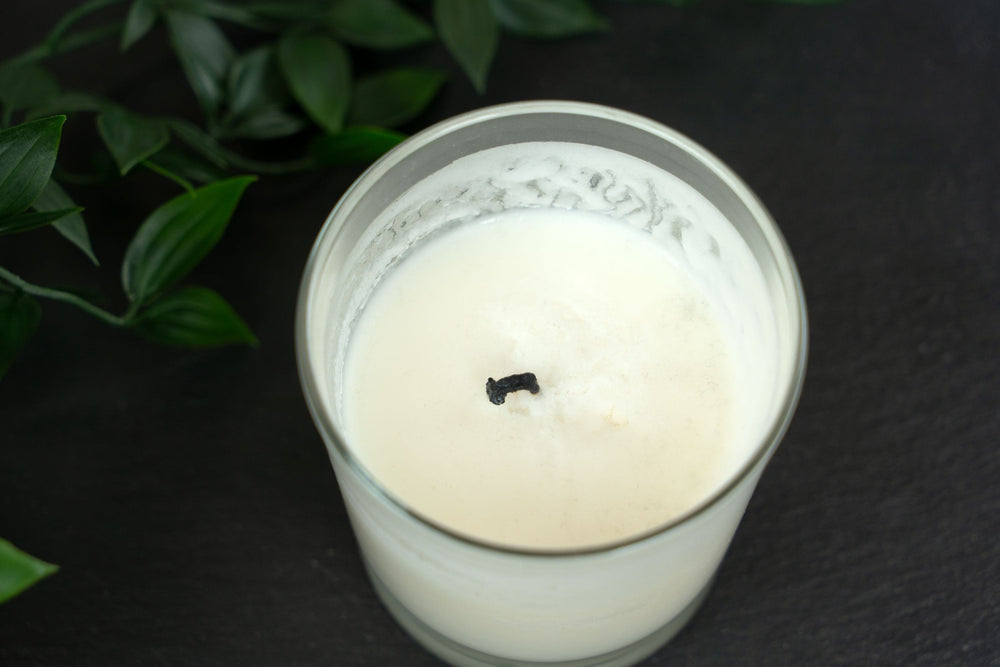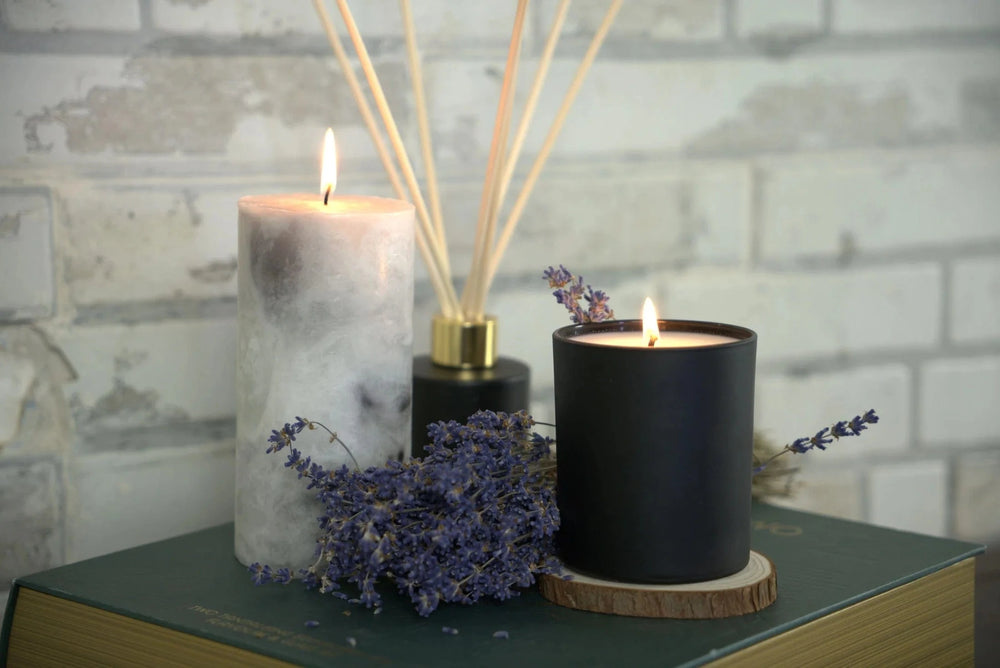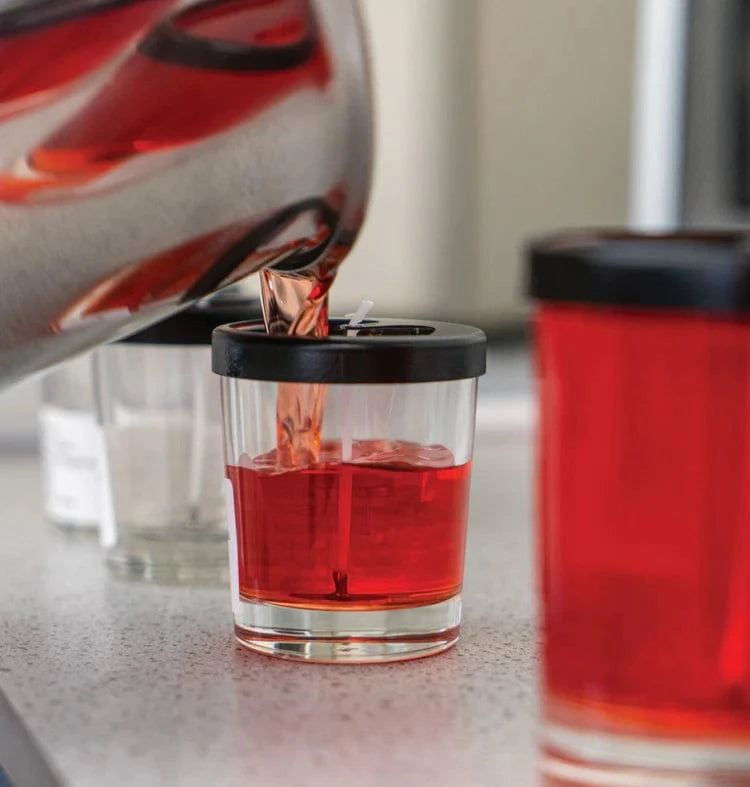Your questions, answered.

What is bridging?
When a wick doesn’t self-trim sufficiently as the candle burns, the extended length of the wick may curl up to the point where the end of the wick touches the melt pool. This situation is referred to as bridging since the curved-up wick loosely resembles a bridge.
What are the consequences of bridging?
Sometimes a bridging wick can curl into the melt pool to such an extent that the wick becomes submerged in the liquid wax and self-extinguishes. However, bridging can occasionally create a hazard. Bridging itself will not cause a candle to fail a fire safety test but if a wick bridges and remains above the melt pool, the flame can increase in size and the rate of wax consumption may increase. In extreme cases, the flame height could be greater than 75mm and the candle would fail to meet the safety standard. A larger flame could also make the container so hot that it cracks. A larger flame will also generate more soot.

Why does bridging occur?
Bridging occurs when the chemical treatment on the wick is not compatible with the chosen wax and fragrance combination. Chemical treatments on wicks are intended to aid combustion and allow the wicks to self-trim, so if an incompatible wick is used, the wick may not self-trim and could start to bridge.
How to avoid bridging
What to do when a candle is bridging:
If you are trying to find the best wick for your candle and you notice that your candle wick is bridging, try different wicks as described above. If you are burning a candle and the wick isn’t self-trimming, we recommend trimming the wick manually every few hours or so to avoid creating a full bridge or an excessively large flame.

